MINDSET
Attribute of Mindset
Lorem ipsum dolor sit amet, consectetur adipiscing elit, sed do eiusmod tempor incididunt ut labore et dolore magna aliqua
About
Overview of the attribute. Lorem ipsum dolor sit amet, consectetur adipiscing elit, sed do eiusmod tempor incididunt ut labore et dolore magna aliqua. Ut enim ad minim veniam, quis nostrud exercitation ullamco laboris nisi ut aliquip ex ea commodo consequat. Duis aute irure dolor in reprehenderit in voluptate velit esse cillum dolore eu fugiat nulla pariatur. Excepteur sint occaecat cupidatat non proident, sunt in culpa qui officia deserunt mollit anim id est laborum.
“The important thing in science is not so much to obtain new facts as to discover new ways of thinking about them.” —Sir William Bragg
The slinky principle: Transforming how we see and solve problems.
In today's rapidly evolving world, we face increasingly complex challenges - from organizational transformation to climate change, from healthcare reform to technological disruption. Yet our approach to solving these challenges often resembles watching a magic show: we see the effects but struggle to understand the underlying causes. We react to symptoms, implement quick fixes, and wonder why our solutions don't stick. There's a better way.
Systemic Intelligence (SysQ) offers a powerful lens for seeing and solving complex problems. Like a skilled magician who understands the mechanics behind illusions, those with high SysQ can peer beneath surface-level events to grasp the deeper structures driving behavior. This capability isn't just academic - it's the key to finding genuine leverage points for lasting change. Whether you're a business leader navigating market disruption, a policymaker addressing societal challenges, or an individual trying to create sustainable change, understanding the "magic" behind system behavior is your pathway to more effective action.
SysQ’s magic helps you find leverage — the ability to fundamentally transform the system you wish to improve. This requires understanding the mindset — or as I often think of it, the purpose or aim of systemic intelligence. The aim of SysQ is summarized in a a core tenet that is the magic phrase you’ll need to find the leverage you want.
To Find Leverage You Must First Understand the Structure Driving Behavior
EXAMPLE — SYSTEM 1
I’m going to administer an input to this system.
Answer the following question with the first idea coming to mind.
So gravity and removing the hand are necessary but insufficient to create the oscillating behavior.
What’s the cause of this behavior?
One important attribute of leverage is the ability to fundamentally improve ecosystem performance. Imagine that you want to significantly improve the oscillations — to dramatically dampen them — perhaps they are creating chaos in your organization.
If your mental model is that gravity is causing the oscillation, how much leverage do you have? None. You can’t change gravity. I imagine you can identify times in your work and personal lives where it feels like fighting gravity — something refuses to improve no matter hard you try.
If your mental model is that removing the hand is causing the oscillation, how much leverage do you have? Before you say some, let’s also say you don’t own the hand. Again you have no leverage. You can either become an Eeyore and proclaim nothing will change. Or you’ll be a victim and blame others. Either way, you’re stuck with a persisting problem.
However, if your mental model is that the system generates the behavior, you can modify the system so that when the hand is removed by someone else — and even though gravity exists — the behavior is fundamentally improved. You’ve found leverage.
Ascribing the cause of the behavior to the system — the structure of the slinky will
Watch this cotton candy eating contest.1
Whose mental model is the high-leverage one?
FOCUS ONLY ON THE STRUCTURE GENERATING PERFORMANCE
We often respond to problems using the same old thinking — applying outdated and inaccurate mental models — without once questioning: Do I know the structure of this ecosystem that’s responsible for this problem?
If we don’t develop sufficient systemic insight into how the ecosystem works we will be unable to achieve the performance goals we set. We will continue to be buffeted by the “slings and arrows of outrageous fortune”. The Focus is Only on the Structure Generating Performance
Disciplined application of SysQ means we focus only on the structure generating performance. People with high SysQ first filter out the essential from the mess — from the noisy barrage of data — to cogently establish what performance they wish to transform…what they wish to see unfold in the future. Then they assemble a mental model of the structure that can generate that performance.
They use a range of tools to pool perspectives into a collective mental model that understand this structure. You may have heard of systems archetypes, causal loop diagrams, stock and flow maps, and simulation models. Each of these tools has its place in developing a more rigorous “picture” of the structure. Sometimes a simple archetype or causal loop diagrams is sufficient; sometimes teams need to spend the time and resources to develop a computer simulation model. You’ll learn more about each of these tools in this substack — and can dive into ones you find most relevant to your current needs. Back to the aim of SysQ.
Having high SysQ means avoiding wasted time in trying to understand EVERYTHING about the ecosystem. Remember the slinky: all I need to know to improve performance is to focus on the structure. If I tried to understand the whole system I’d needlessly spend time analyzing the colors or the shape. Similarly, with the cotton candy system, although perhaps of great importance to the eater, the flavors or colors don’t contribute one iota to how the structure behaves. Yet many of my clients want to spend time analyzing interesting aspects of their ecosystem — even though those aspects are irrelevant. Studying them consumes precious time and resources…often leading to the dreaded analysis paralysis.
WE OFTEN FOCUS ON THE LOW LEVERAGE
Organizations often focus on low leverage interventions, investments, and policies. They will adjust price up or down. They’ll tweak a complex budget a few percentage points one way or another. They’ll replace one person in a leadership position with a different one — without changing how the rest of the organization around the individual works with them.
These low leverage interventions cannot fundamentally change behavior — changing the colors on the slinky would change its appearance, but it will still oscillate.
Our low leverage strategies overlook more transformational interventions: radically modifying rewards and incentives; changing the type of data generated — including who does…or doesn’t…have that information; and shifting fundamental paradigms — like competition vs cooperation.
SysQ helps identify those higher leverage interventions often overlooked when developing strategy. Remember, the basic tenet of SysQ — the underlying mindset — is:
To Find Leverage You Must First Understand the Structure Driving Behavior
Additional Resources
Books
Book title as link | Description
Articles
Article title as link | Description
Online Resources
Resource title as link | Description






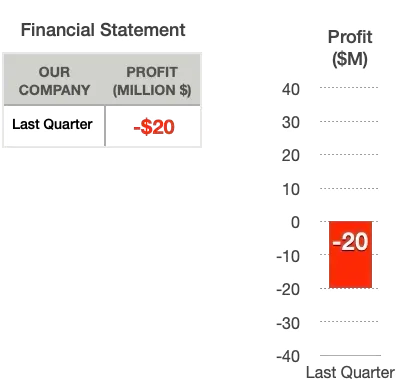 Bad, right? Worried?
Bad, right? Worried?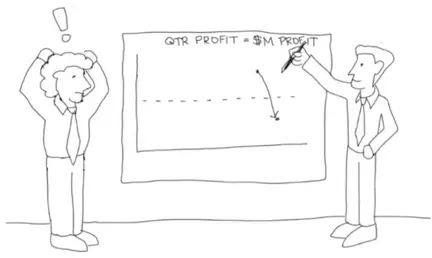
 Now how do you feel?
Now how do you feel?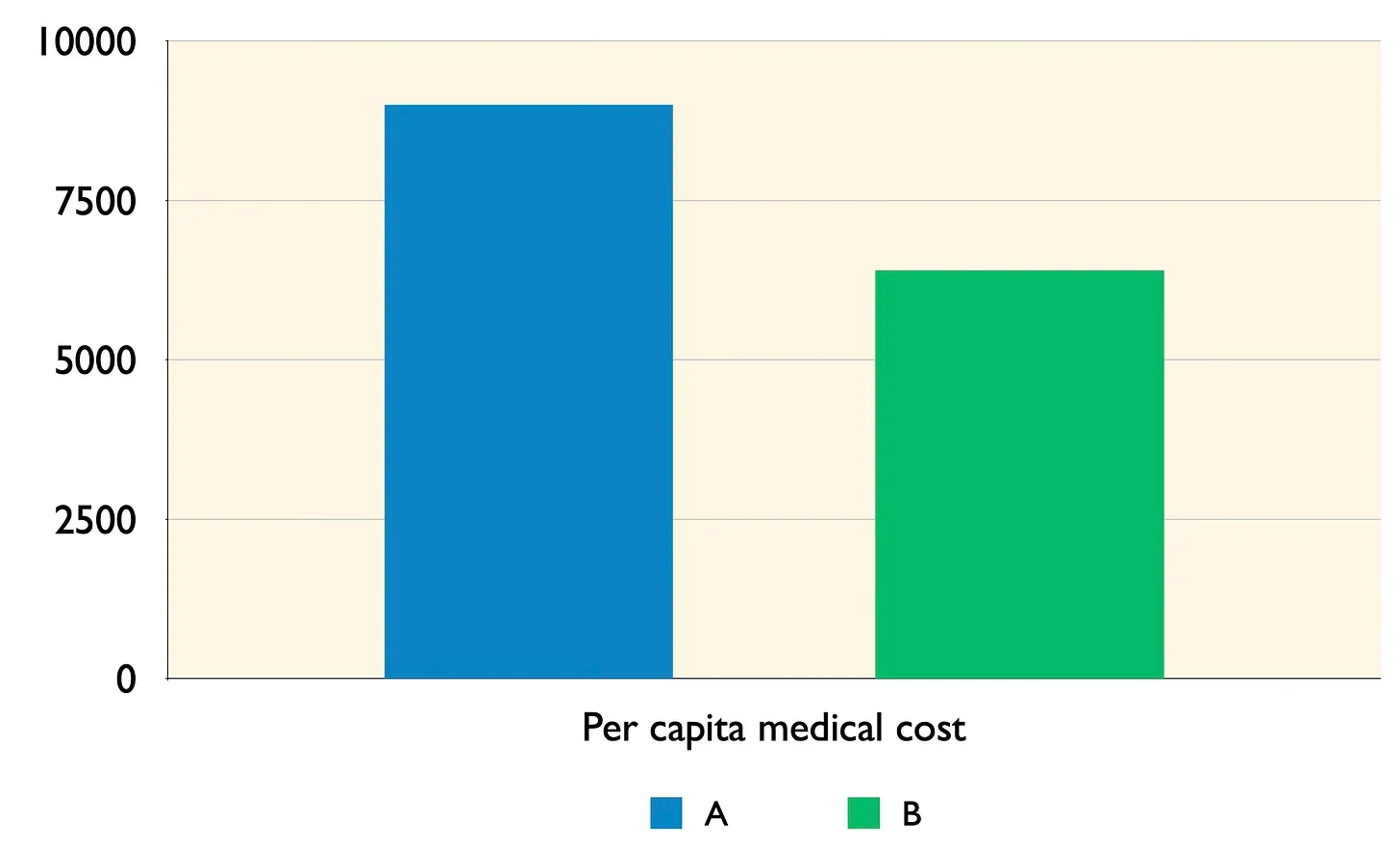


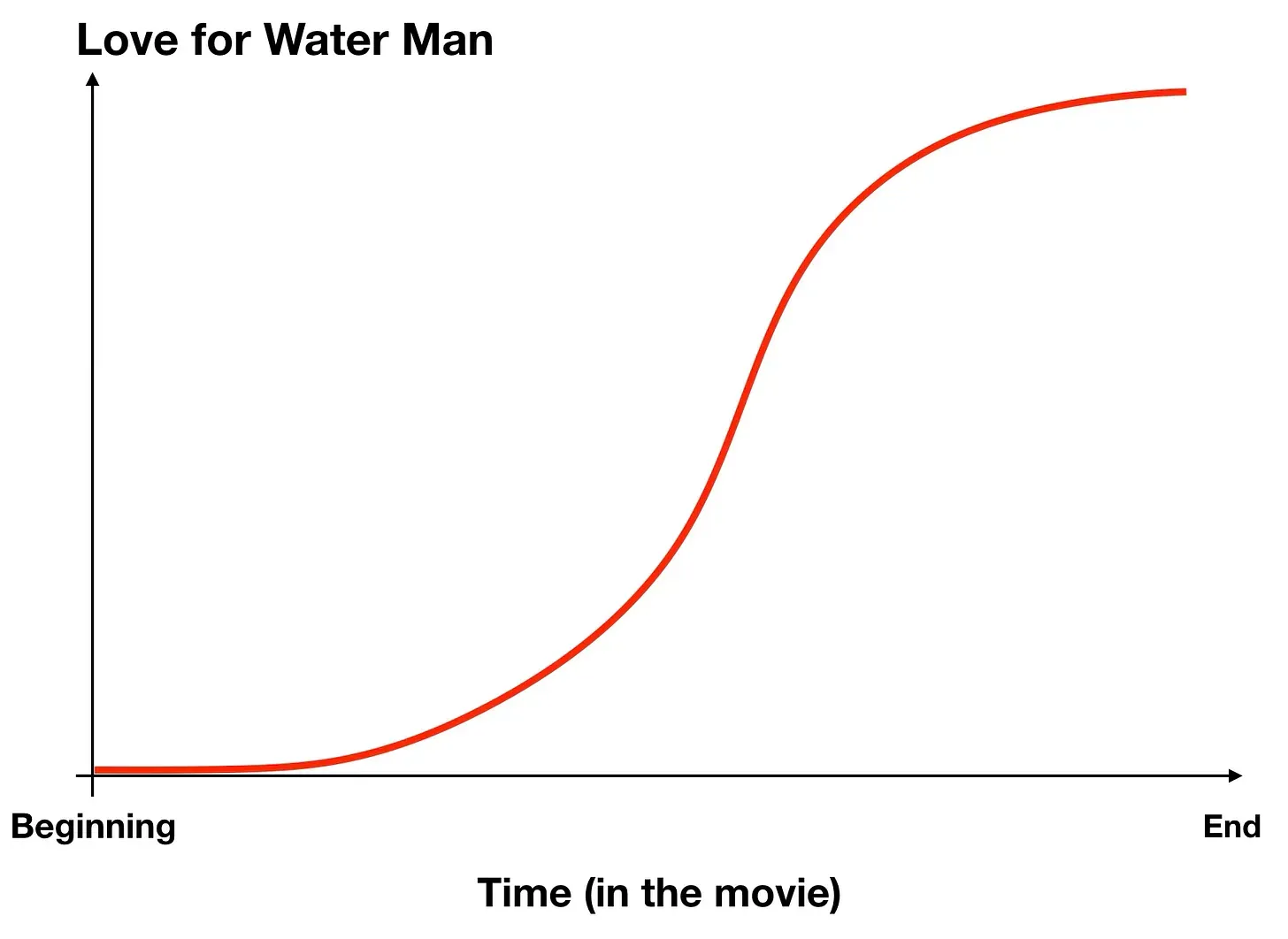


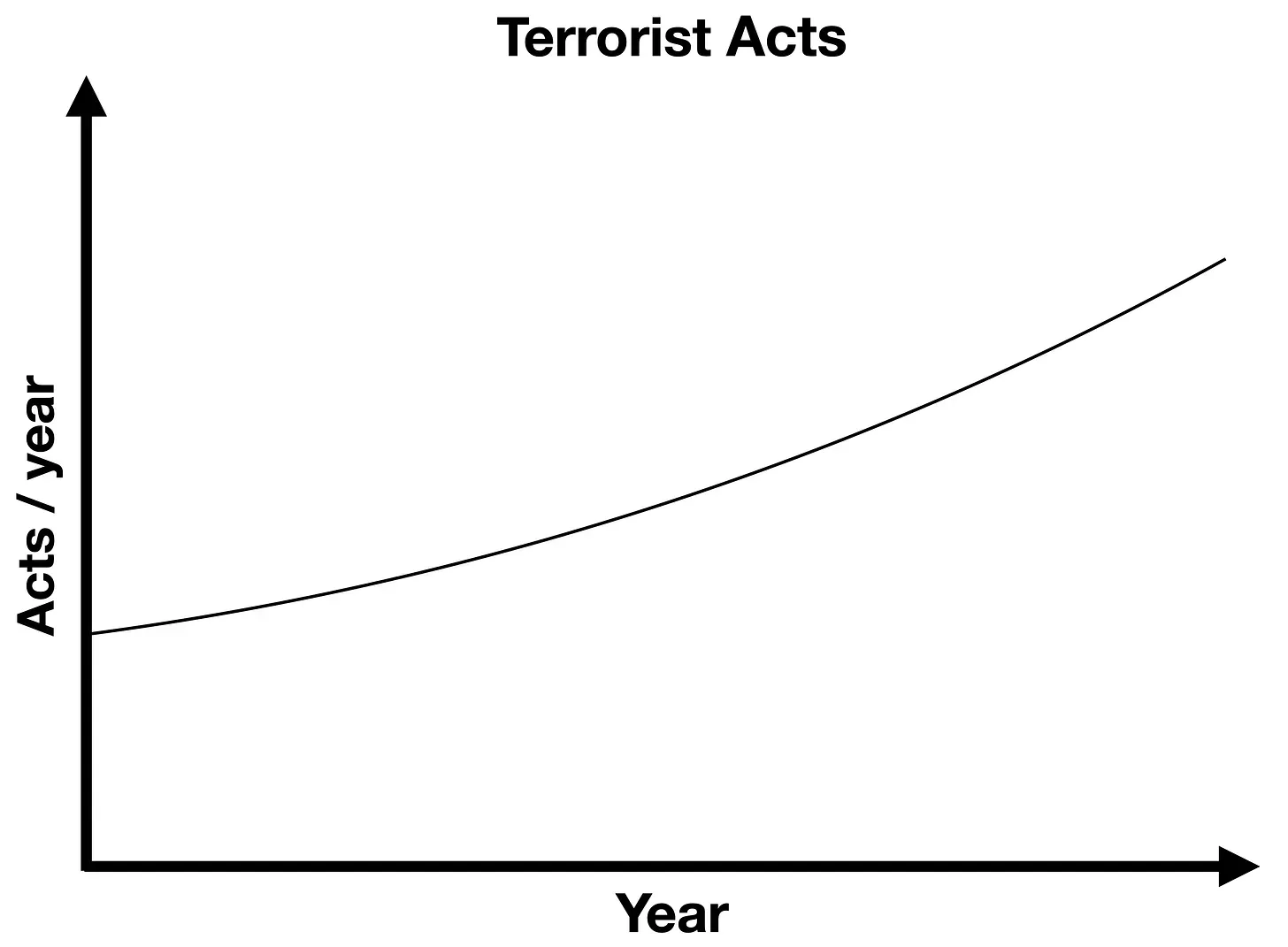
 LINEAR Thinking would suggest that an intervention that kills terrorists would work to reduce terrorist activity. However, by applying FEEDBACK LOOP Thinking we can see it will likely kill people who are not terrorists; this will motivate more potential terrorists to enroll in terrorist organizations and eventually be trained to commit acts. This would create a nasty reinforcing feedback loop (R1) known as a vicious cycle.
LINEAR Thinking would suggest that an intervention that kills terrorists would work to reduce terrorist activity. However, by applying FEEDBACK LOOP Thinking we can see it will likely kill people who are not terrorists; this will motivate more potential terrorists to enroll in terrorist organizations and eventually be trained to commit acts. This would create a nasty reinforcing feedback loop (R1) known as a vicious cycle.